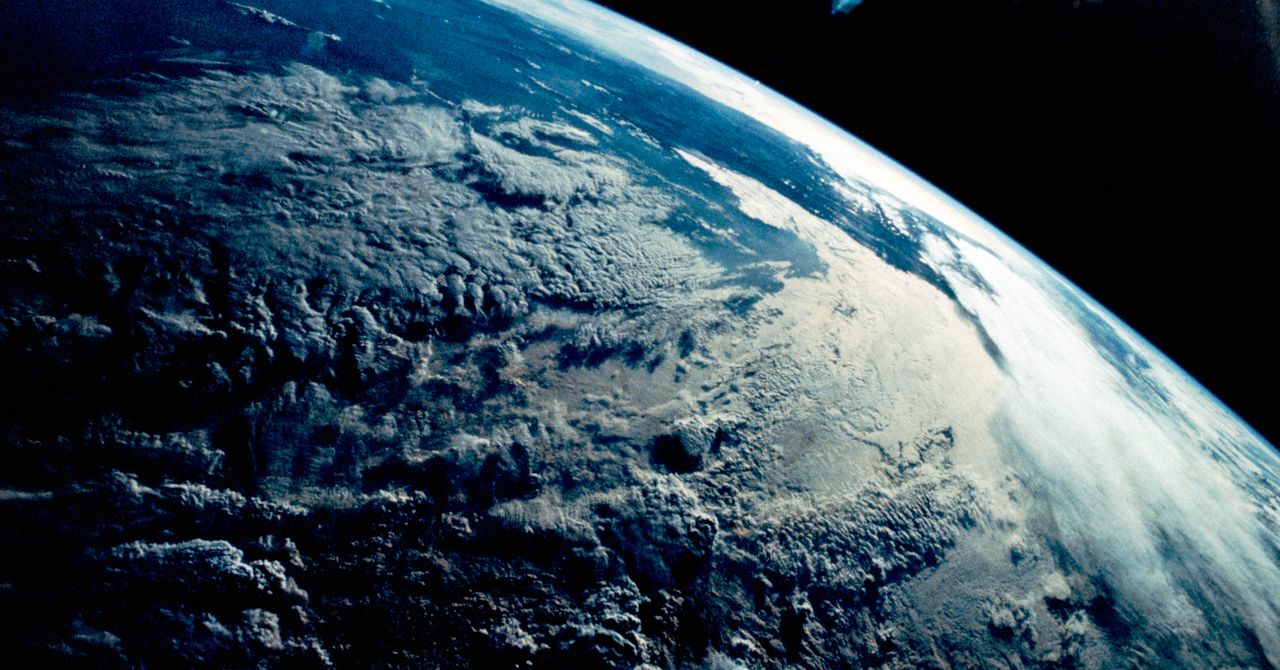Northern lights (Aurora Borealis) illuminate the sky over Beach Lake in Alaska’s Chugiak region, United States on the night of Sept. 28-29, 2025. (Photo by Hasan Akbas /Anadolu via Getty Images)
Anadolu via Getty Images
The Northern Lights could make another appearance across the northern U.S. this weekend, as Earth continues to move through a stream of fast solar wind while two approaching coronal mass ejections head our way.
According to a forecast by the National Oceanic and Atmospheric Administration’s Space Weather Prediction Center (SWPC), geomagnetic activity is expected to remain elevated through early next week, with the best chances for aurora displays on Sunday, Oct. 5, through Tuesday, Oct. 8. However, this week’s full harvest moon on Oct. 6 will likely make the aurora fainter.
Northern Lights Tonight: Latest Updates
Solar activity has been low to moderate in recent days, but Earth’s magnetic field has been stirring nonetheless. The sun has produced several small flares while a coronal hole — an opening in the sun’s magnetic field — is pushing high-speed solar wind toward Earth, keeping geomagnetic conditions in the “active” range.
NOAA forecasters expect minor G1-class geomagnetic storms as this flow continues. However, the real excitement lies ahead because two CMEs — clouds of charged particles launched from the sun on Friday, Oct. 3 and now traveling towards Earth — are expected to arrive around Tuesday, Oct. 7 or Wednesday, Oct. 8, according to Spaceweather.com, potentially intensifying auroral activity across high and mid-latitudes. Exact CME arrival times can vary by many hours depending on the speed and direction of the solar wind.
The two CMEs approaching Earth are slow-moving and normally their effects would be modest, but seasonal timing is everything. There’s a reason why Northern Lights are twice as likely around the equinoxes in September and March. At these times, even relatively weak eruptions can trigger geomagnetic storms.
Northern Lights Tonight: Why To Expect Strong Aurora
Around the equinoxes, the orientation of Earth’s magnetic field allows solar particles to link more effectively with the planet’s magnetosphere, heightening the chance of strong auroral events.
It’s what aurora scientists call the “Russell–McPherron effect” after a paper published in 1973. When the sun’s magnetic field points southward, it connects more easily with Earth’s magnetic field, allowing energetic particles to flow into the atmosphere and create curtains of color. This magnetic interplay transforms charged solar particles into the glowing arcs and bands of the Northern Lights.
As these CMEs reach Earth, their combined influence — boosted by this seasonal magnetic alignment — could spark a G1-class geomagnetic storm on Oct. 7–8.
The northern lights dance in the sky as it reflects in the still water of North Pond in Smithfield, Maine on May 10, 2024. (Photo by Michael Seamans/Getty Images)
Getty Images
Northern Lights Tonight: The Last of the ‘Equinox Auroras?’
This could be the final act in an impressive run of “equinox auroras” this fall. In late September, strong solar wind streams created bright Northern Lights across the Arctic Circle and as far south as the northern U.S. states. As Earth tilts away from its most favorable geometry, this weekend and into the early part of the week may offer the last major display before the next phase of solar activity begins.
Northern Lights Tonight: Where The Northern Lights May Be Seen
NOAA’s latest forecast of a G1-geomagnetic storm suggests that auroras could be seen on the northern horizon from 12 U.S. states. The best viewing prospects are in Alaska, and the northern parts of Washington, Idaho, Montana, Wyoming, North Dakota, South Dakota, Minnesota, Wisconsin, Michigan, New York, and Maine.
For the best chance of success, observers should head to dark-sky locations away from city lights, look north after dark, and check live aurora data before heading out. Even a moderate Kp index of 4-5 could bring visible auroras to northern skies.
Check NOAA’s latest aurora viewlines and its 30-minute aurora forecast, or use apps such as My Aurora Forecast and Glendale App. The most important factor is the interplanetary magnetic field (Bz); when it turns southward, the gate opens for solar energy to stream into Earth’s atmosphere, igniting the aurora. That could mean possible mid-latitude sightings. Data on the Bz direction can be seen easily on websites like SpaceWeatherLive.com and Aurora Forecast.
What Causes The Northern Lights
The Northern Lights occur when the solar wind — a stream of charged particles from the sun — interacts with Earth’s magnetic field. While much of this flow is deflected, some particles spiral down the magnetic field lines toward the poles, where they collide with oxygen and nitrogen atoms in the upper atmosphere. These collisions excite the atoms, causing them to emit light — green from oxygen, purples and reds from nitrogen.
Wishing you clear skies and wide eyes.









